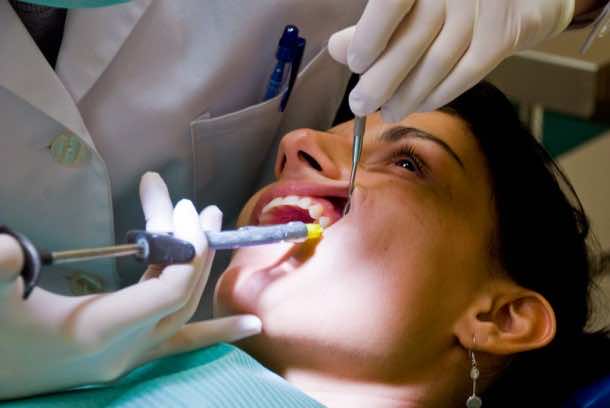Why are folks really afraid of going to a dentist for dental fillings or root canals? The root cause of this fear is the needle that is used for administering the anesthetic into the tissue. Despite the pre-treatment using a topical anesthetic, the pain is still enough to last a lifetime. However, according to the latest research going on, a shot of electricity can make this topical anesthetic become effective enough to remove the needle from the equation altogether.
Scientists from the University of Sao Paulo in Brazil have combined two of the most commonly used drugs for anesthetic; prilocaine hydrochloride and lidocaine hydrochloride, with a polymer resulting in the formation of a hydrogel. The polymer has been introduced to the mix for making the resulting gel sticky enough to be applied to a pig mouth’s lining.
By making use of a process known as iontophoresis, a painless and mild current was passed through the hydrogel. There was a 12 times increase in the permeability of prilocaine hydrochloride through the tissue. The anesthetic effect was found out to be fast-acting and long-lasting. Scientists are now busy working on iontophoretic device specifically designed for use on humans while this technology might very well find other applications as well.
Professor Renata Fonseca Vianna Lopez said, “Over the last few years, our research group has been working on the development of novel drug delivery systems for the treatment of several skin and eye diseases. The skin and eyes pose challenges for drug delivery, so we have focused on improving drug delivery in these organs using nanotechnology, iontophoresis and sonophoresis, which is permeation using sound waves.”
A paper on the research was recently published in the journal Colloids and Surfaces B: Biointerfaces.


